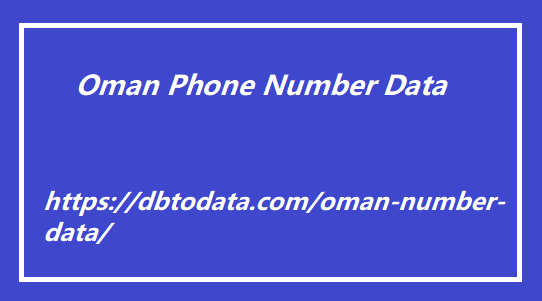|
|
The tool can also help identify and fix errors hindering your website's performance. What factors does the tool analyze? A link analyzer tool examines various aspects of a web page to determine its strengths and weaknesses. Some of the factors that a page analysis tool may analyze include: Page Size: This feature provides an overview of a page's size and load time, helping website owners understand how to optimize it for better performance. Code-to-Text Ratio: This tool helps website owners understand the balance between a page's code and text, ensuring that the content is accessible and easy to read. Internal and External Links: This feature reveals the number of internal and external links on the page and their destinations, helping website owners identify areas for improvement. Keywords and LSI: This feature analyzes the keywords and latent semantic indexing terms used on a page and how they impact search engine ranking.
Titles and Headlines: This feature analyzes the page's title and subheadings, helping Oman Phone Number Data website owners understand its content structure and how search engines might see it. Meta Tags: This feature allows website owners to see the meta description used on any page, including the title and meta descriptions, which are crucial for optimization in search engines. Article Word Count: This feature measures the article's length, which can impact its readability and user experience. Published and Updated Date: This feature provides information on the age of the web page and the frequency of updates. Author Name: This feature identifies who wrote the article and allows website owners to contact them if needed. How to Use a Page Analysis Tool for SEO Optimization Using a page analysis tool is simple. Here's how to get started: Open the GuinRank page analysis platform. Enter the web page URL you want to analyze.

Once you've chosen your tool, enter the web page's URL you want to analyze. Wait for the analysis to complete. The analysis may take a few minutes to complete depending on the tool. Review the results. Once the analysis is complete, review the results to identify areas for improvement. Please prioritize the areas the tool identifies as weaknesses based on their impact on SEO. Optimize the web page. Use the data from the page analysis tool to make informed decisions about optimizing your web page. This may involve editing the content, adjusting the meta tags, or improving the page's load time. Monitor the results. After making changes, monitor the web page's performance using the page analysis tool to determine if the changes have improved its SEO.
|
|